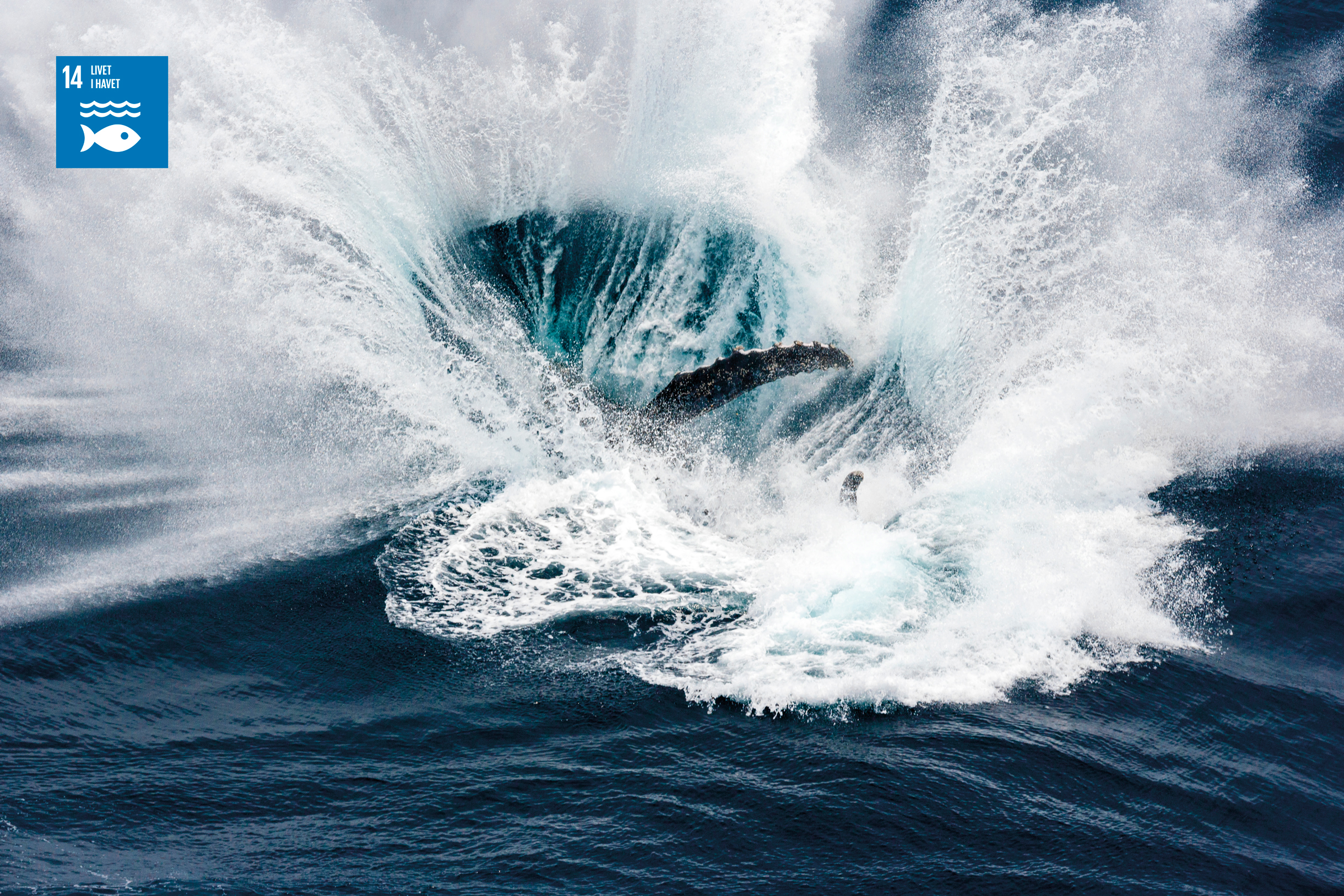
Humpback whales are known for their underwater song and acrobatics. As baleen whales, they don’t have teeth, but whalebone – a collection of long bristles in the upper part of the mouth. Humpbacks feed by filling their entire oral cavity with sea water. It’s a huge mouthful of up to 15,000 litres – more than 100 bathtubs filled to the brim. When the whale pushes the water out again, fish and crustaceans are trapped behind the baleen and constitute a meal. Once threatened by whaling, recent conservation measures have helped to increase the numbers of humpbacks.
GOAL BY 2030: THE SEA MUST BE MUCH CLEANER BY 2025. WE MUST PROTECT MARINE AND COASTAL NATURE AND RESTORE ECOSYSTEMS CURRENTLY UNDER THREAT.
Once, we treated the seas as a bottomless landfill site, and thought that fish and seafood stocks were almost infinite. We now know that’s not true. Our seas are full of heavy metals, toxins and vast floating islands of plastic waste. In coastal areas, massive discharges of waste water and excess fertiliser are killing off animal and plant life.
Even in areas once renowned for their rich fishing grounds, stocks are either gone completely or almost entirely depleted. Only 7% of the world’s stocks of edible fish can tolerate more fishing. The rest are overfished or fished to the limit.
By 2030, we must stop all forms of overfishing, illegal fishing and methods that destroy populations and habitats. We will also designate at least 10% of the world’s coastal and marine areas as protected reserves to give nature a chance to recover. Studies show that even small protected areas quickly make a positive difference.
The increasing acidification of the seas is a particular problem. They absorb much of the CO2 we emit, and this has a particular impact on shellfish and coral reefs. Scientists need to work more closely together to solve this problem by 2030.


